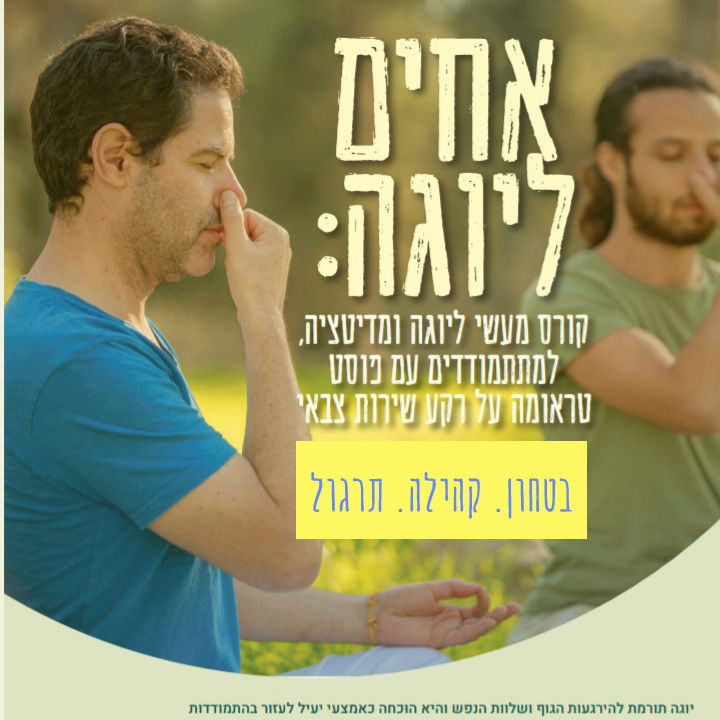The Nervous System Remembers — But It Also Changes
- Brothers in Yoga Brothers in Yoga

- Jul 5
- 2 min read
Stress doesn’t just pass through us — it stays.
In the shoulders. The breath. The gut.
Sometimes, long after a traumatic event ends, the body still feels like it’s in the middle of it.
You don’t need to have fought in a war to know trauma.In today’s world, many of us are walking through life with bodies stuck in survival mode. High alert. Low energy. Disconnection. It’s exhausting.But there’s a path forward.
And it starts with a surprising place:
The body itself.

The nervous system remembers — and it can change
Trauma isn’t just a bad memory. It’s a pattern burned into the nervous system, including the brain.The stress response — meant to keep us alive — can get stuck in overdrive.The body tightens. The breath shortens. The mind spins.Even if the situation is over, the body still says danger.
But here’s the good news:Our nervous system has neuroplasticity — the ability to adapt, relearn, and grow.With the right conditions, we can slowly teach the body and brain:“You’re safe now.”“You can choose your response.”“You can come back.”
How yoga and meditation help
Yoga and meditation offer more than just calm.They create the space to rebuild a relationship with your body, to listen without judgment, and to slowly shift patterns of fear and shutdown.
With breath, movement, and mindful attention, we can:
🌀 Regulate the nervous system – shifting out of fight-or-flight
🌀 Rewire brain pathways – through safe, embodied experience
🌀 Strengthen interoception – the ability to feel what’s going on inside
🌀 Restore choice – instead of automatic reaction
🌀 Cultivate presence – moment by moment, breath by breath
Less reactivity. More choice. A life reclaimed.
Neuroplasticity means we’re not stuck with the past.We can soften.We can unlearn fear.We can train the body to trust again.
Through consistent practice, the nervous system becomes more flexible.We’re less easily triggered. More aware. Able to pause, to breathe, to respond with clarity — instead of shutting down or lashing out.
It’s not about being “calm all the time.”It’s about becoming resilient:Grounded. Connected. Free to choose.

This isn’t quick. But it’s real.
On a yoga mat. In a circle of peers. Or alone in your room.Healing through yoga happens slowly, safely, with breath as a guide.Sometimes, the biggest shift isn’t a dramatic change — it’s noticing that you stayed present when once you would’ve checked out.
Healing is not about forgetting.
It’s about remembering differently — and choosing a new path.
And the path we walk isn’t just ancient wisdom — it’s backed by modern science.
In a landmark study led by Dr. Bessel van der Kolk, participants who engaged in ten weeks of trauma-sensitive yoga showed dramatic results: over half no longer met the criteria for PTSD. The research echoes what many feel in their own bodies — that breath, movement, and presence can help reshape the brain and restore a sense of safety.
To learn more about the science behind trauma, yoga, and neuroplasticity: 👉 Read the full study here
Because the body doesn’t just remember.
It can also relearn. It can heal.





Comments